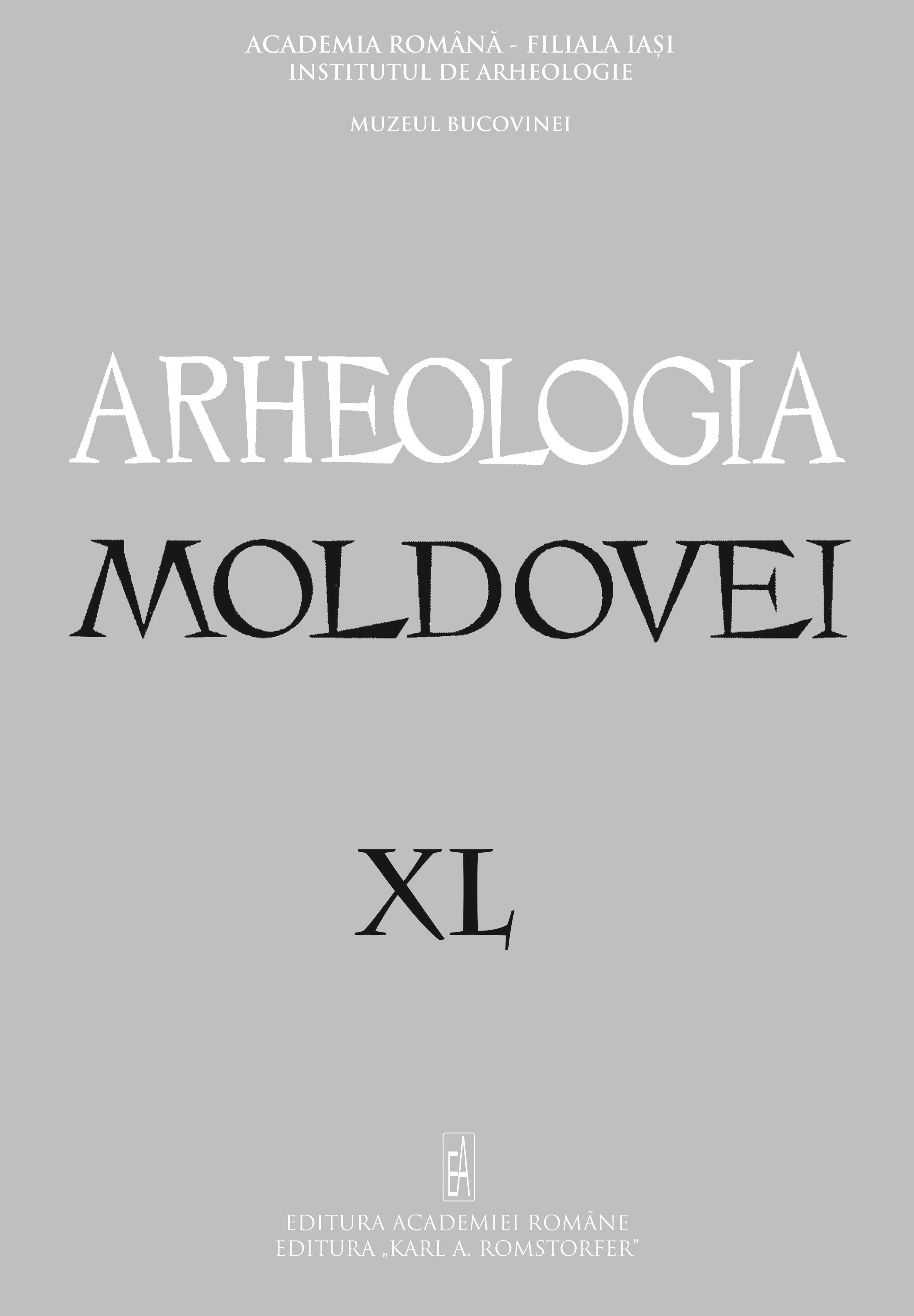Mitoc-Malu Galben – Le niveau IV Gravettien. Ateliers de taille du silex. Éléments de technologie et de typologie lithique
Mitoc-Malu Galben – The 4th Gravettian level. Flint knapping workshops. Elements of stone technology and typology
Author(s): Vasile Chirica, Bogdan MineaSubject(s): Archaeology, Cultural history, Local History / Microhistory, Ancient World
Published by: Editura Academiei Române
Keywords: Paleolithic; Gravettian; knapping workshop; lithic typology; sources of raw materials;
Summary/Abstract: The paleolithic site of Mitoc, with five inhabitation levels and with the following Aurignacian lithic assemblages: A I lower, A I, A II, III et A III upper and cinq Gravettian inhabitation levels and lithic assemblages: Gr. I, Gr. II, Gr. III, Gr. IV and Gr. IV dispersed. The paper brings into discussion the presence of several knapping workshops, identified within the stratigraphic space of the level Gravettian IV, but also the finds of the inhabitation level, this allowing to demonstrate a very long human occupation period, including an installation continuity of the camping sites and of the essential occupation of the human communities: flint knapping. The level Gravettian IV is stratigraphically limited between 4,60–5,25 m, being therefore within the perimeter of sedimentation cycles 4a–5a. The paper provides specific information and details regarding the existence of outsourced raw materials: non-local flint, sandstone, marl, black schist of Audia, etc., thanks to which we can admit a much more intensive circulation of the Gravettian human communities of Mitoc, and also the arrival of other human communities which knapped their tools at Malu Galben in non-local flint (maybe Volynia flint, or flint from other geographic spaces, including the Dniester area). In the level Gravettian IV, we can notice the existence of a mixture of massive flakes, macrolithic blades, and also medium size, or svelte items, cortical or crested, in light gray flint, dark gray, light gray or black flint with white flint (Pl. I-XII). There are several types of flint, the usual one of Prut, the dark or light gray flint,sometimes even with a certain patina, but also other types: dark gray with white flint portions, light gray – brownish with darker portions, but with brownish – grayish stripes, as a drawing. The entire technico-typological Gravettien compound, and especially level IV can demonstrate technologically and typologically the existence of Aurignacian survivals in the Gravettian environment (Pl. I.1,4-6; Pl. II.1,3,4-6; Pl. III.3,6-7).
Journal: Arheologia Moldovei
- Issue Year: 40/2017
- Issue No: 1
- Page Range: 7-36
- Page Count: 30
- Language: English, French

